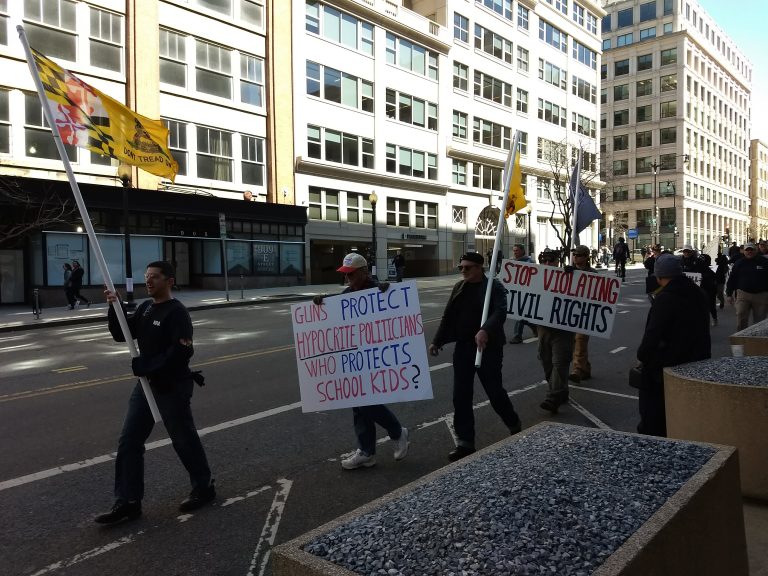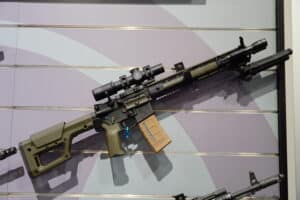The claim that the exercise of Second Amendment rights has deleterious effects on the First Amendment rights of others has been appearing with an increasing frequency as of late.
The ACLU, in its amicus brief for the upcoming New York concealed carry case before the Supreme Court, argued exactly this point. It suggested public carrying was not protected under the Second Amendment, and that the practice itself is an infringement on the First Amendment.
“States have many justifications for regulating the public carrying of weapons, concealed or otherwise. But one especially important justification is that such restrictions facilitate civic engagement, by promoting safety and reducing the chances that the disagreements inevitable in a robust democracy do not lead to lethal violence,” the ACLU said in its brief. “Accordingly, in assessing the validity of New York’s regulation of the carrying of concealed weapons in public, the Court should give due regard to the state’s important interest in facilitating a wide open public debate.”
Similarly, an article published in The Atlantic on Wednesday from a New York City Councilmember and a law school professor likewise argued that the Second Amendment has developed into “a threat to the First Amendment.”
The coauthors cite a study conducted by the gun-control group Everytown as support for their claim. The study documented more than 30,000 public demonstrations from January 2020 to June 2021. Of those, it found only 560 demonstrations that included “the presence of an armed individual, other than law enforcement.”
In other words, less than two percent of all demonstrations during a time span of record levels of public protests, contained a presence by civilians armed either lawfully or unlawfully. It’s hard to argue that the exercising of gun rights is stifling to free expression with such low occurrence rates.
The study goes on to say that even though armed protests represent a small number of demonstrations overall, they are more likely to turn violent, and thus are detrimental to public safety and free expression.
“While armed demonstrations account for less than 2% of the total number of demonstrations in the US, they account for 10% of all violent or destructive demonstrations,” the study said.
However, the authors never account for whether an armed civilian presence appeared at a demonstration in response to a protest that had already turned violent and destructive. Not every protest with an armed presence that turns violent does so due to the actions of those armed individuals, something even the authors of the study admit.
“In some events, a demonstration turns violent or destructive due to the actions of people other than those armed,” they said.
The authors of the Atlantic piece then pivoted to the upcoming Supreme Court case—NYSRPA v. Bruen—the outcome of which, the authors say, could have even more dramatic effects on free expression if the court strikes down permitting laws that provide government officials with broad discretion on who can obtain a carry license.
“For many—perhaps an increasing number of—Americans, participation in armed public protests may simply not be worth the risk,” the authors wrote. “Even if public protest survives, only those willing to risk their life, or who are inclined and able to carry weapons in defense of their own right to protest, may want to participate. Rather than serving as a democratizing means of expression, protest may become an armed contest and the exclusive preserve of the non-peaceable. Most concerning is that public protest as we know it may cease to exist at all.”
Yet the authors fail to account for the fact that 42 states plus the District of Columbia already currently operate under permitting regimes with less discretion for government officials to deny licenses. It can hardly be said that public protests have “ceased to exist at all” in cities like Washington D.C., Philadelphia, Portland, Seattle, or dozens of other major cities in jurisdictions with permissive carry laws.
Reasonable minds can differ on the prudence of carrying firearms at public demonstrations. What cannot be said, however, is that the practice has stifled the exercise of free expression or assembly thus far. Evidence of that simply has not materialized to this point. It’s possible that future public protests escalate into armed standoffs between demonstrators and counter-demonstrators, but to suggest that it is a certainty is mere conjecture at this point.






